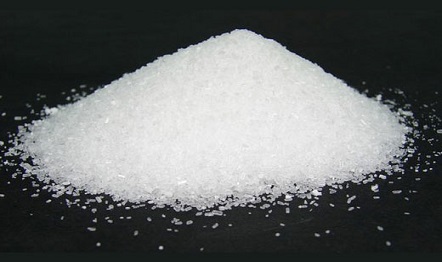In certain industries, it is difficult to imagine what things would be like without a conveyor belt system. These devices make production more efficient. They can eliminate wasted processes and reduce the need for more personnel. If your company needs a new system or is installing its first one, there are things to know. Understanding how they work and why businesses use them can help you make the right choice. You can then work with conveyor system companies to choose a type and install it. Then, you will have peace of mind and confidence moving forward in your business operations.
Conveyor System Materials
There is no shortage of materials that you will find in industrial conveyor systems. The belts may consist of nylon, rubber, polyester, PVC, or chains. They use a system of pulleys to continuously move the belt. The conveyors can handle large, heavy loads. They are also good for moving sensitive, valuable materials.
Types of Products That Conveyors Typically Move
A nice aspect of conveyor systems is that they can effectively transport just about anything. Using them cuts down on time and effort considerably. Your business can move numerous objects in minutes that would otherwise take people hours. You will commonly see conveyors that can accommodate metal, plastics, and boxes. They commonly move cosmetics, medical supplies, food, electronics, and much more.
What Businesses Use Them and Why
Moving goods from place to place can be time-consuming. If businesses do so manually, it can become tiring and unsafe. A company could waste a lot of personnel power and have injuries on the job. Conveyor systems suppliers can help to eliminate these concerns. The systems automate processes and streamline tasks to make them faster and more efficient. Common industries that use conveyors include those in food processing, electronics, and mining. Pharmaceutical, medical equipment, and packaging plants also use them.
Powering the Industrial Conveyor Systems
You should understand what methods power conveyor systems. There are three ways in which this can happen. The first is through manual applications. These are less common today but are still useful. Gravity-powered systems are also effective in some instances. Both of these use rollers to help in moving items along a route. This will reduce the effort that workers need to transport the goods along the line. Often, these systems will have an angled design, so the product can easily slide. You will not need electricity to make these systems work.
More commonly, motor-powered conveyors are what businesses use. These systems use a three-phase AC motor. They do not have a capacitor delay and will not require starting windings. Belts with AC motors will operate in a single direction.
Transferring the Items
As you work with conveyor system companies to pick a system, think about the mode of transfer options. Various systems use different ways to move the products along the conveyors. Think about the materials you need to move and how large your output will be. Also, consider what your facility’s design looks like. The following modes of transfer are available in conveyor systems:
- Belts: This has long been a popular method for moving products from place to place. The belts sit on a sturdy steel frame. The frame must be strong enough to support the belt and handle the weight of the products.
- Chains: Some systems use chains to transport materials through the system. Sprockets at both ends of the conveyor trough will move the chain.
- Aero-mechanical: If you need a high-speed system, this could be the right option for your business. It has evenly spaced discs to quickly transport the materials. You can control the speed of the device to reduce the risk of breaking items or having bottlenecks.
- Buckets: In this type, you would attach containers to chains, cables, or belts to move the items. The buckets move along the line in an upright position. Once the product reaches its destination, the bucket tips. The material then goes into the desired bin or location.
- Cable: When you need to move delicate materials, a cable system is appropriate. It can handle toxic materials as well. This system is enclosed, keeping the sensitive products safe.
- Screw/auger: This system consists of a rotating blade to move the items from place to place. You may want to consider this variety if you work with liquids.
- Pneumatic: Bulk materials work well with this type too. These conveyors rely on compressed air or vacuums to move the items.
Consider How Conveyors Can Help Your Business
If you are having a hard time deciding whether your company needs conveyors, look at our production volume. In environments where you have a large number of products to move, conveyors make sense. Using conveyor systems suppliers to provide solutions can also help make your facility safer. These systems allow you to control the speed. You can also use emergency shut-off switches and other safety measures. Using conveyors also helps you to increase your production numbers. The system can run continuously with minimal need for stopping.
Enjoy How a Conveyor System Can Improve Your Operations
Review these benefits and facts about conveyor systems. Then evaluate your business needs. You can see how working with conveyor system companies makes sense. You can increase your production and have a more efficient process. Now is the right time to implement a system in your facility. Contact the skilled team at Conovey today to start seeing the benefits.





